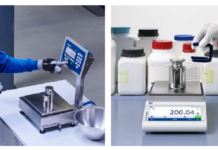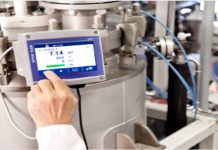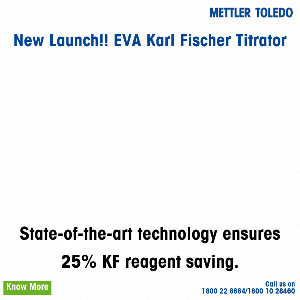Using recycled plastics to make consumer electronics has been made significantly more reliable and effective due to a professional grade series of coatings developed by AkzoNobel. Offering long-lasting protection for products such as computers, mobile phones and household appliances, the coatings have been specifically designed for items made from post-consumer recycled (PCR) plastics.
One of the main coatings challenges with PCR plastics is adhesion, because the materials originate from various sources. AkzoNobel’s researchers have overcome this by creating a coating, which provides a durable adhesive layer that adheres firmly to the surface of the substrate. It’s already been successfully used in the high-end computer market.
“The development of the technology for recycled plastics clearly demonstrates our unwavering focus on sustainability-driven innovation,” said Maximilien Schréder, AkzoNobel’s Commercial Director for Global Consumer Electronics.
Schréder added, “The increased use of PCR plastics in consumer electronics manufacturing represents a vital shift towards a more circular approach. We’re always finding new ways to support our customers and this new range of coatings is just the latest example of how we’re helping them to realize both their commercial and sustainability goals”.
As per the press release, AkzoNobel has used its extensive expertise to develop primers, polyurethanes and UV coatings specifically designed for the PCR materials. As well as boasting significantly reduced VOC (volatile organic compound) emissions compared with solvent-based counterparts, the new range also features more sustainable technologies such as low-temperature baking and UV curing.
This helps to minimize energy consumption and speed up the curing process, which means manufacturers can cut energy costs and reduce their carbon footprint.
“It’s not just about improving product durability, it’s also about promoting the recycling of plastic resources. The new technology we’ve developed enables more options and possibilities for the circular use of materials, while also supporting the high performance standards that electronics manufacturers demand,” informed Schréder.































